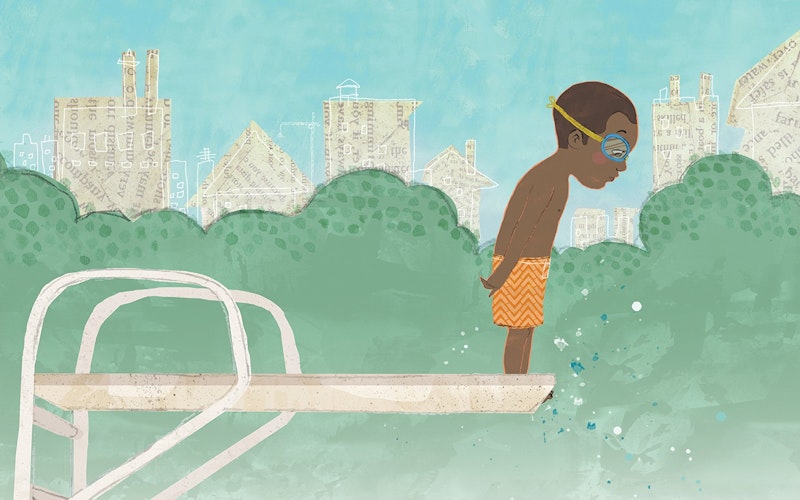
Culture At Large
Five Children’s Books That Honor the Body of Christ
Parenting is an act of storytelling.
Any dutiful mom or dad amuses their children with bedtime stories—some fantastical, others grounded in family history and heritage. Transcending the occasional anecdote, parents constantly cast vision, rounding out a child’s account of the world and exhibiting how our individual stories are caught up in the great story of God.
My wife and I are both white, so when we adopted a black son we knew we needed to play catch-up. Wanting our son to see his story in the stories we read, we sought out books which centered on children of color. We knew the books he encountered would communicate something about who he was, where he came from, what he was capable of, and where he fit into God’s grand narrative.
A more diverse library isn’t only important for children of color or transracial families. White households need these books too. Diverse tales teach our children what to expect from stories; less adults would recoil at the prospect of a black James Bond, for example, if we established early on that people of color are main characters.
Deeper, wider children’s literature also communicates at least two essential aspects of God’s story. First, all the characters in his unfolding narrative bear his image and possess equal dignity and worth. Second, we cannot know the fullness of God or his story without encountering one another. In the vivid prose of 1 Corinthians 12, Paul notes that the body of Christ is debilitated by a lack of diversity. Children’s books which offer an array of ethnicities and experiences teach us to relish our interdependence.
White households need these books too.
Here are five of our family’s favorite stories. But, to borrow from a great champion of children’s literature, you don’t have to take my word for it. Follow writers of color on social media and observe what they read to their kids; browse your local library; consult the many book lists available online. Do whatever you can to discover better stories that point the children in your life to the best story.
Jabari Jumps, Gaia Cornwall
The precocious title character stares down a high-stakes dilemma: become a diving-board daredevil or live to take the plunge another day. The book develops and establishes its main character’s delightful personality in a short span of time. Most importantly, it drives home messages of confidence and simple courage without growing trite or descending into a one-size-fits-all treatment of self-esteem.
My Family Plays Music, Judy Cox
“Daddy says I’m a percussionist,” declares the protagonist in this celebration of familial harmony. This young girl picks up whatever instrument she can get her hands on to join family members as they play musical styles from bluegrass to big band, rock to polka. Cox’s book honors unity without uniformity and never forces its characters into obvious choices—black Americans can contribute to and champion any musical style, not only those that are stereotyped or popularly assigned.
Cox’s prose also reaches lovely, lyrical heights: “This is my great-grandmother. She plays the pipe organ in St. Peter’s Cathedral. On Sunday morning we sit straight and still as she pumps out music that swells like waves. When I play with her, I play the handbell.”
Last Stop on Market Street, Matt de la Pena
Reluctant CJ hops on a bus with his grandmother after church one afternoon. The pair are pointed in the direction of an area soup kitchen, where they will serve Sunday dinner. Encountering an eclectic cast of characters, CJ learns people aren’t projects and that often we meet the most extraordinary people in the most mundane places.
Uncommon grace characterizes his grandmother’s every decision and, in one passage, her powers of observation radiate with gospel truth: “Sometimes when you’re surrounded by dirt, CJ, you’re a better witness for what’s beautiful.”
Please, Puppy, Please, Spike Lee and Tonya Lewis Lee
Yes, that Spike Lee and his multi-talented wife take a good-humored look at the joy and exasperation a pet brings. Two children try to shepherd their not-so-pokey little puppy using a refrain that young readers will quickly pick up. The text is accentuated through illustrations by the brilliant Kadir Nelson.
He’s Got the Whole World in His Hands, Kadir Nelson
Speaking of Nelson, the superlative artist draws every ounce of soul from this iconic folk song of faith, family, provision, and solidarity. Nelson’s use of color and composition are truly breathtaking and, in an instance or two, recall the visual style of Moonlight filmmaker Barry Jenkins.
Topics: Culture At Large